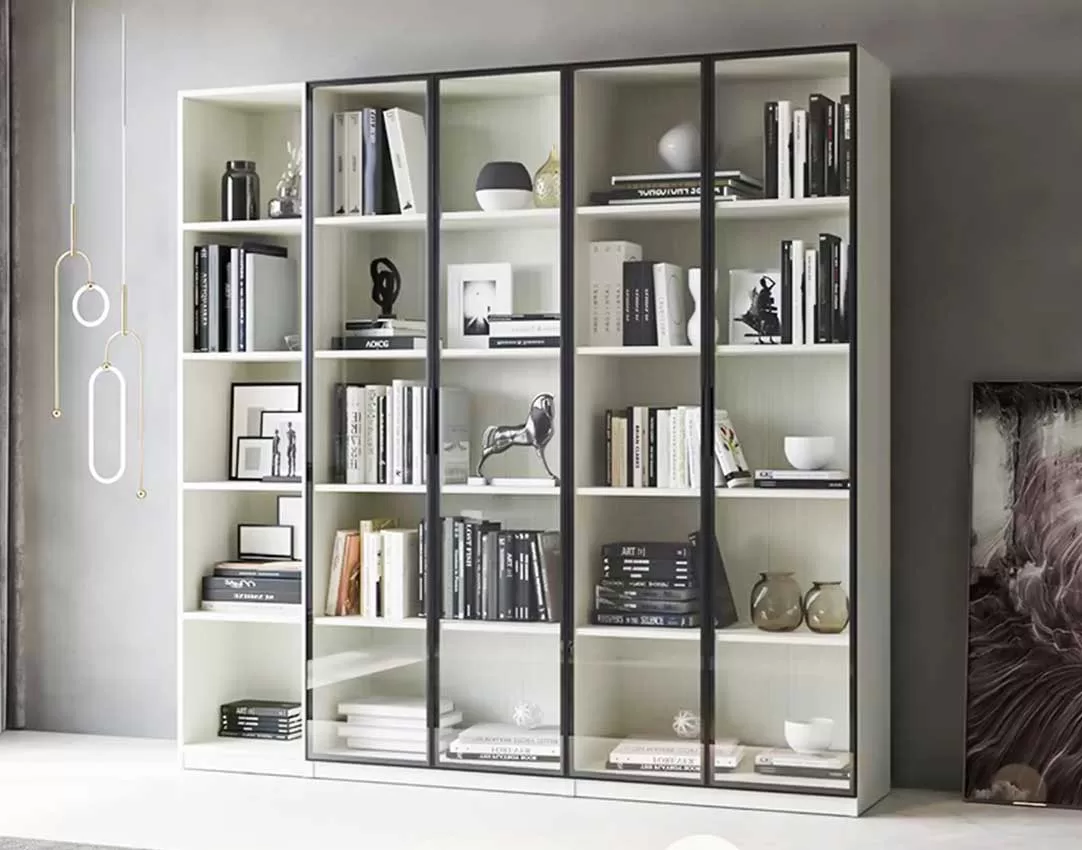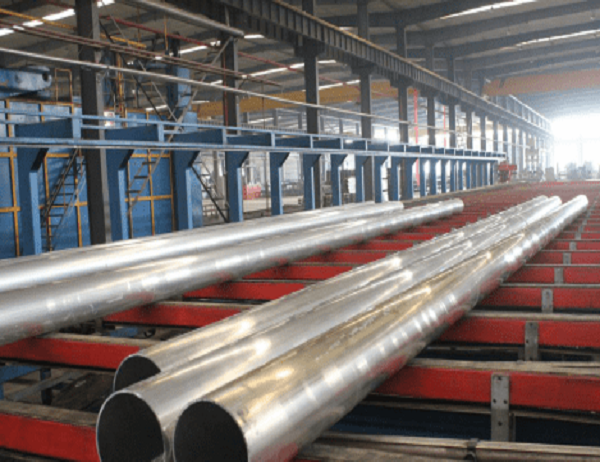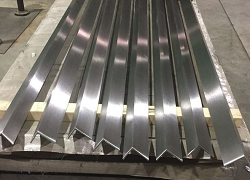Industrial aluminum profiles are widely used in various industries due to their versatile properties, such as lightweight, high strength, and corrosion resistance. However, there are several common misconceptions associated with these profiles that need to be addressed to ensure their effective utilization.
Aluminum Profiles Are Not Durable
Incorrect: Industrial aluminum profiles are susceptible to damage and deformation under heavy loads or harsh environmental conditions.
Correct: Aluminum profiles are engineered to withstand significant loads and stresses. They exhibit excellent structural integrity due to their high strength-to-weight ratio and advanced manufacturing techniques.
Aluminum Profiles Are Not Corrosion-Resistant
Incorrect: Aluminum is a reactive metal and easily corrodes in the presence of moisture and oxygen.
Correct: Industrial aluminum profiles undergo surface treatments, such as anodizing and powder coating, which create a protective oxide layer on the surface. This layer prevents corrosion and enhances the profile’s durability in challenging environments.
Aluminum Profiles Are Difficult to Machine and Fabricate
Incorrect: Aluminum is a soft metal that is challenging to machine and fabricate.
Correct: Industrial aluminum profiles are produced using precision extrusion processes that result in a smooth and machinable surface. They can be easily cut, drilled, and formed using standard machining techniques without excessive deformation or tearing.
Aluminum Profiles Are Not Environmentally Friendly
Incorrect: Aluminum production consumes significant energy and contributes to greenhouse gas emissions.
Correct: Modern aluminum production technologies have significantly reduced environmental impact. Recycling aluminum is highly efficient and conserves energy and resources, making it an environmentally friendly material.
Aluminum Profiles Are Not Fireproof
Incorrect: Aluminum melts at high temperatures, rendering it unsuitable for fire-resistant applications.
Correct: Industrial aluminum profiles can be treated with fire-retardant coatings or combined with other fire-resistant materials to achieve high fire resistance ratings. This allows them to be used in demanding environments where fire safety is critical.
Aluminum Profiles Are Expensive
Incorrect: Aluminum is a cost-effective material compared to other metals with similar properties.
Correct: Industrial aluminum profiles offer a balance between performance and cost-effectiveness. Their lightweight, durability, and versatility make them a competitive option for various applications. However, the price can vary depending on the profile’s complexity, size, and surface treatment.
Conclusion
Understanding and addressing these misconceptions about industrial aluminum profiles is crucial for architects, engineers, and manufacturers. By dispelling these myths, professionals can make informed decisions when selecting and utilizing aluminum profiles for their projects. With proper understanding and application, industrial aluminum profiles offer numerous advantages, including strength, durability, versatility, and environmental sustainability, making them an ideal choice for a wide range of industries.



